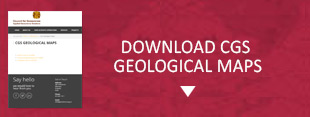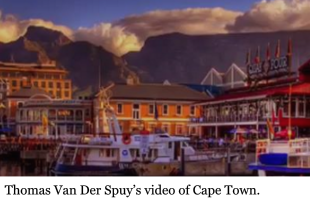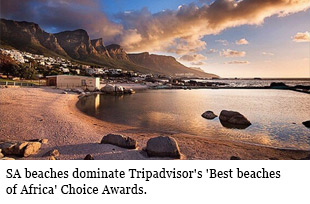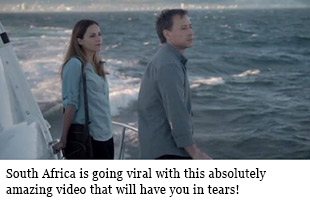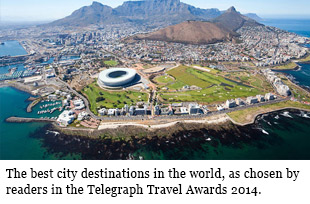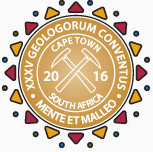
35TH INTERNATIONAL GEOLOGICAL CONGRESS
27 AUGUST - 4 SEPTEMBER 2016 | CAPE TOWN, SOUTH AFRICA
Sponsors



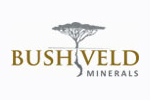


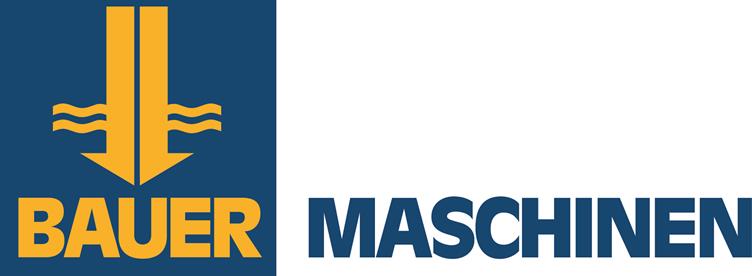









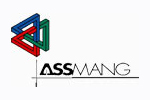
35 IGC SAGPGF







35TH INTERNATIONAL GEOLOGICAL CONGRESS
27 AUGUST - 4 SEPTEMBER 2016 | CAPE TOWN, SOUTH AFRICA
My IGC
SOUTH AFRICA: Eastern Bushveld Complex
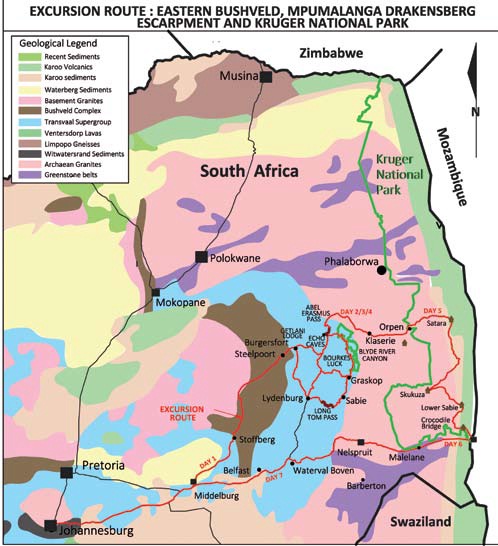
The Drakensberg Escarpment (Mpumalanga) and the Kruger National Park.
This 7 day excursion is designed to provide an overview of the geological and geomorphological superlatives of three world famous regions of South Africa.
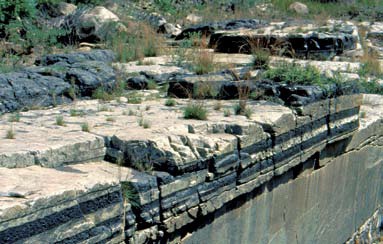 Chromitite layers (black) and anorthosite (light grey) at the famous Dwars River National monument
Chromitite layers (black) and anorthosite (light grey) at the famous Dwars River National monument
PART ONE: THE EASTERN BUSHVELD COMPLEX
The first part of the excursion is focussed on the well exposed northeastern limb of the Bushveld Complex with its spectacular layered igneous rock assemblage which includes pyroxenite, norite, anorthosite and gabbro. These rocks host layers of chromitite,
platiniferous pyroxenite and vanadiferous titano magnetites. The layers are traceable for hundreds of kilometres around the Bushveld Complex and contain the world’s largest reserves of chromium, platinum and vanadium. Exposures of all of the above together with an exposure of one of the famous hortonolite dunite pipes on which the first platinum mining took place in the late nineteen twenties, will be viewed.
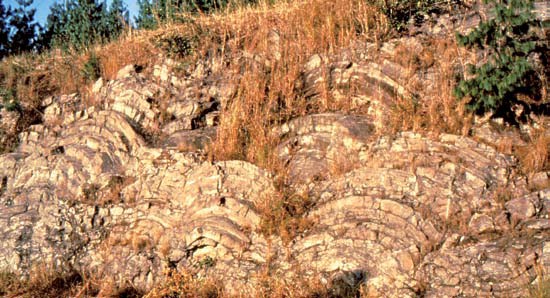 Megadomal Stromatolites in the dolomite formation near Sabie.
Megadomal Stromatolites in the dolomite formation near Sabie.
PART TWO: THE EASTERN ESCARPMENT
The second part of the excursion traverses the eastern highlands and eastern escarpment edge. Quartzite and shale horizons of the Pretoria group, intruded by numerous diabase sills, form the highlands while resistant, quartzite dominated formations of the
Wolkberg and Black Reef formations form the scenic escarpment edge. These formations are overlain by dolomite with well developed stromatolite structures in many places. Several tourist caves with dripstone formations, calcareous tufa deposits, both active and extinct, are characteristic of the dolomite terrain. Headward erosion of several rivers including, from south to north the Crocodile, Sabie and Blyde rivers and their tributaries have incised the escarpment region by the process of headward erosion. This has given rise to a range of scenic waterfalls at nick points on harder rock formations. Potholes are spectacularly developed and have clearly been a major force in the incision of hard rock formations to initiate gorge formation as in the case of Bourke’s Luck potholes at the srart of the Blyde river Canyon.
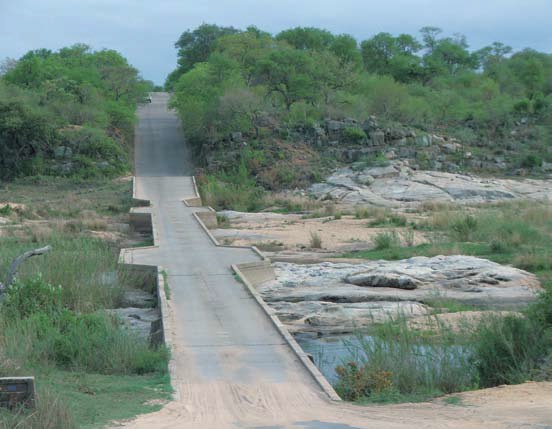 Magmatite domes of the granitic basement exposed at the causeway over the Sabie river near Skukuza, with dark ridge on far bank formed by a diabase dyke
Magmatite domes of the granitic basement exposed at the causeway over the Sabie river near Skukuza, with dark ridge on far bank formed by a diabase dyke
PART THREE: KRUGER NATIONAL PARK
The Central and southern portions of the world famous Kruger National Park, will be traversed and the major rock formations and geomorphological features examined at a number of localities. Rock types in the Archean basement granitic terrain range from granite inselbergs in southern Kruger, granitic migmatites, diabase dykes and the Timbavati gabbro intrusion. Overlying Karoo sandstone and overlying basalt together with rhyolite, that forms the Lebombo range along the Mozambique border, will also be visited. As part of the drive through Kruger the distinctive soil types and ecozones developed on different rock types will be highlited. The chances of seeing the big five of Elephant, rhino, lion, buffalo and leopard, together with a large range of other animals and birds in this unique national park are excellent.
Field Trip Leader: Morris Viljoen, VM Investment Company
• Dates: 6-11 September 2016
• Start – End: Johannesburg - Johannesburg
• Number of participants: 18 - 44, including 2 guides/drivers
 Field trips
Field trips  Sponsorship & expo
Sponsorship & expo  Registration
Registration Tours
Tours  Promotion
Promotion 














 Conference Programme
Conference Programme  Field trips
Field trips  Sponsorship & expo
Sponsorship & expo  Volunteer
Volunteer  GeoHost
GeoHost  Registration
Registration Tours
Tours  Promotion
Promotion  Publications
Publications


